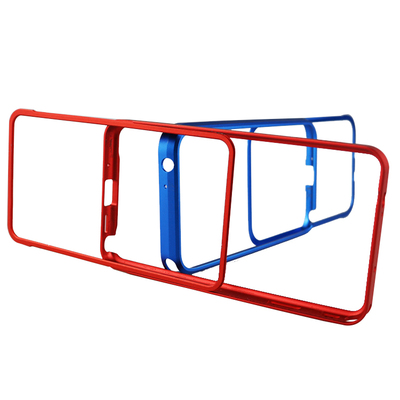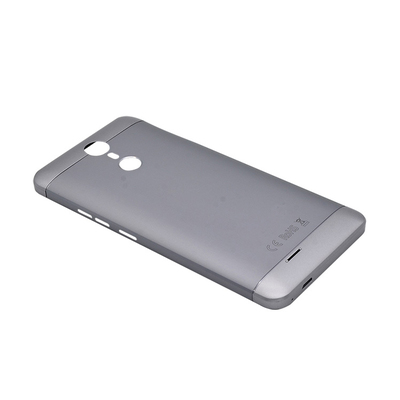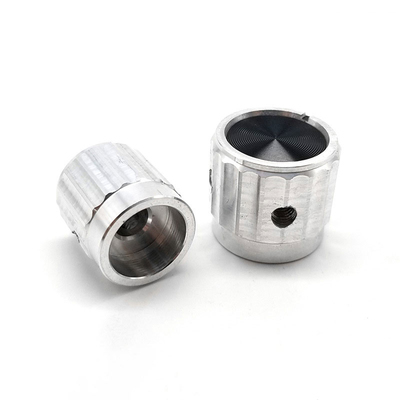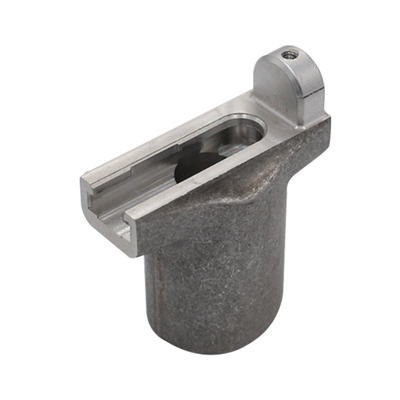New 3D printable super soft material
A team of materials scientists at the University of Virginia School of Engineering has developed a soft material that is expected to provide a new treatment to replace severe or permanent damage to the vocal cords. Their new soft material, called elastomer, has strong stretchability, is 10,000 times softer than traditional rubber, and matches the mechanical properties of the vocal cords. Elastomers can be 3D printed for medical care.
New polymer, new strategy
The team developed a novel strategy to make this 3D printable soft elastomer. They used a new type of polymer that has a structure similar to a bottle washing brush and can be used to clean small glassware, but on a molecular scale. This polymer, similar to a bottle brush, when connected to form a network, can make the material very soft, imitating biological tissue.
Cai Liheng, assistant professor of materials science and engineering and chemical engineering, supervised the research. Cai also received a courtesy appointment in biomedical engineering and led UVA's SOFT BIOMATTER laboratory. Cai's laboratory is dedicated to understanding and controlling the interaction between active soft materials (such as responsive polymers or biogels) and living systems (such as bacteria or cells and tissues in the human body).
Cai and his team have developed a new method that can use strong (but temperature-dependent reversible) associations to crosslink bottle-like brush polymers to form rubber. The idea is to use chemical synthesis to attach a glass-like polymer to the ends of a toothbrush-like polymer. This glassy polymer spontaneously self-organizes to form nano-scale spheres that are the same as plastic water bottles. They are rigid at room temperature, but will melt at high temperatures; this can be used for 3D printing soft structures.
Adjustable elasticity and high stretchability
The elasticity of their materials can be fine-tuned between approximately 100 to 10,000 Pascals within the pressure range that the material can withstand. The lower limit is about 100 Pascals, which is 1 million times softer than plastic and 10,000 times softer than traditional 3D printable elastomers. In addition, they can be stretched to 600%.
Their extreme softness, elasticity and thermal stability herald future applications, Cai said.
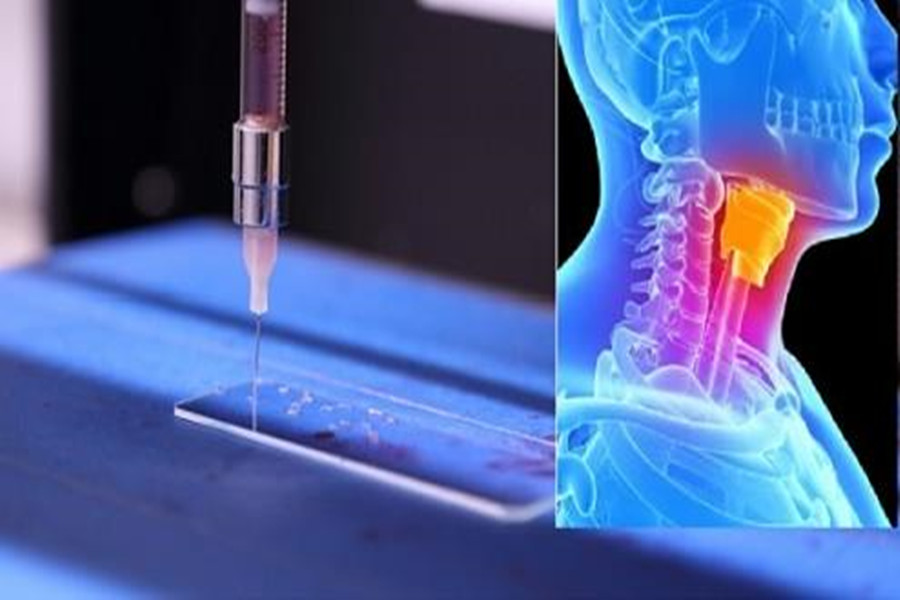
Cai believes that Shifeng Nian, a postdoctoral researcher, has developed a chemical method for synthesizing bottle brush polymers with precisely controlled structures to specify the flexibility and stretchability of elastomers. Elastomers can be used as ink in 3D printers to create rubber-quality geometric shapes.
The 3D printer itself is about the size of a dormitory refrigerator. Zhu customized the nozzle for the extruder system, which, under the guidance of a computer program specific to the desired object, sprays a prescribed amount of material in a 3D space.
Dr. Cai’s research group gave me the opportunity to extend my research from classical chemistry to material development; we are inventing many cool materials with special mechanical, electrical and optical properties.
Self-organizing and assembled materials
The cool thing about the team's soft material is that it can self-organize and assemble as each drop is deposited. When the silicone-based material was first loaded into the cartridge, it had the consistency of honey, semi-solid and semi-liquid. As printing progresses, the solvent combines the layers and then evaporates to seamlessly build the object. In addition, if you make any mistakes, you can remake it because the material is 100% reworkable and recyclable.
Traditional 3D printable elastomers are inherently rigid; the printing process often requires external mechanical support or post-processing. Cai said, here, we show the suitability of our elastomers as inks for direct-write printing of 3D structures. .
In order to study the interconnection of material molecules, Cai's team collaborated with beamline scientists Guillaume Freychet and Mikhail Zhernenkov at Brookhaven National Laboratory of the U.S. Department of Energy. They used the precision X-ray tools of NATIONAL SYNCHROTRON LIGHT SOURCE II (especially the soft material interface beamline) to conduct experiments to reveal the internal composition of the printed material without damaging the sample.
The SMI beamline is very suitable for this type of research because of its high X-ray beam intensity, excellent energy and momentum transfer tunability, and very low background. Working with Cai's team, we were able to see how polymers like bottle brushes assemble a crosslink network, Zhernenkov said.
Elastomers in actual use
Cai estimates that the team is still two to three years away from actually using their elastomers, and the team's 3D printing method has accelerated the pace. Sometimes called additive manufacturing, 3D printing is the research strength of the UVA Department of Materials Science and Engineering; researchers in this field try to understand the physical principles behind the additive manufacturing process when creating new material systems. Improving health is just one of the driving forces of their research.
We believe our findings will stimulate the development of new soft materials as 3D printing inks, which can become the basis for a wide range of adaptive devices and structures, such as sensors, stretchable electronics, and soft robots, Cai said.
Link to this article:New 3D printable super soft material
Reprint Statement: If there are no special instructions, all articles on this site are original. Please indicate the source for reprinting:https://www.cncmachiningptj.com/,thanks!
 Sheet metal, beryllium, carbon steel, magnesium, 3D printing, precision CNC machining services for heavy equipment, construction, agriculture and hydraulic industries. Suitable for plastics and rare alloys machining. It can turn parts up to 15.7 inches in diameter. Processes include swiss machining,broaching, turning, milling, boring and threading. It also provides metal polishing, painting, surface grinding and shaft straightening services. The production range(include aluminum die casting and zinc die casting) is up to 50,000 pieces. Suitable for screw, coupling, bearing, pump, gearbox housing, drum dryer and rotary feed valve applications.PTJ will strategize with you to provide the most cost-effective services to help you reach your target,Welcome to Contact us ( sales@pintejin.com ) directly for your new project.
Sheet metal, beryllium, carbon steel, magnesium, 3D printing, precision CNC machining services for heavy equipment, construction, agriculture and hydraulic industries. Suitable for plastics and rare alloys machining. It can turn parts up to 15.7 inches in diameter. Processes include swiss machining,broaching, turning, milling, boring and threading. It also provides metal polishing, painting, surface grinding and shaft straightening services. The production range(include aluminum die casting and zinc die casting) is up to 50,000 pieces. Suitable for screw, coupling, bearing, pump, gearbox housing, drum dryer and rotary feed valve applications.PTJ will strategize with you to provide the most cost-effective services to help you reach your target,Welcome to Contact us ( sales@pintejin.com ) directly for your new project.

- 5 Axis Machining
- Cnc Milling
- Cnc Turning
- Machining Industries
- Machining Process
- Surface Treatment
- Metal Machining
- Plastic Machining
- Powder Metallurgy Mold
- Die Casting
- Parts Gallery
- Auto Metal Parts
- Machinery Parts
- LED Heatsink
- Building Parts
- Mobile Parts
- Medical Parts
- Electronic Parts
- Tailored Machining
- Bicycle Parts
- Aluminum Machining
- Titanium Machining
- Stainless Steel Machining
- Copper Machining
- Brass Machining
- Super Alloy Machining
- Peek Machining
- UHMW Machining
- Unilate Machining
- PA6 Machining
- PPS Machining
- Teflon Machining
- Inconel Machining
- Tool Steel Machining
- More Material

